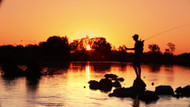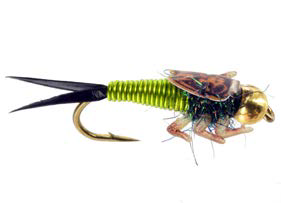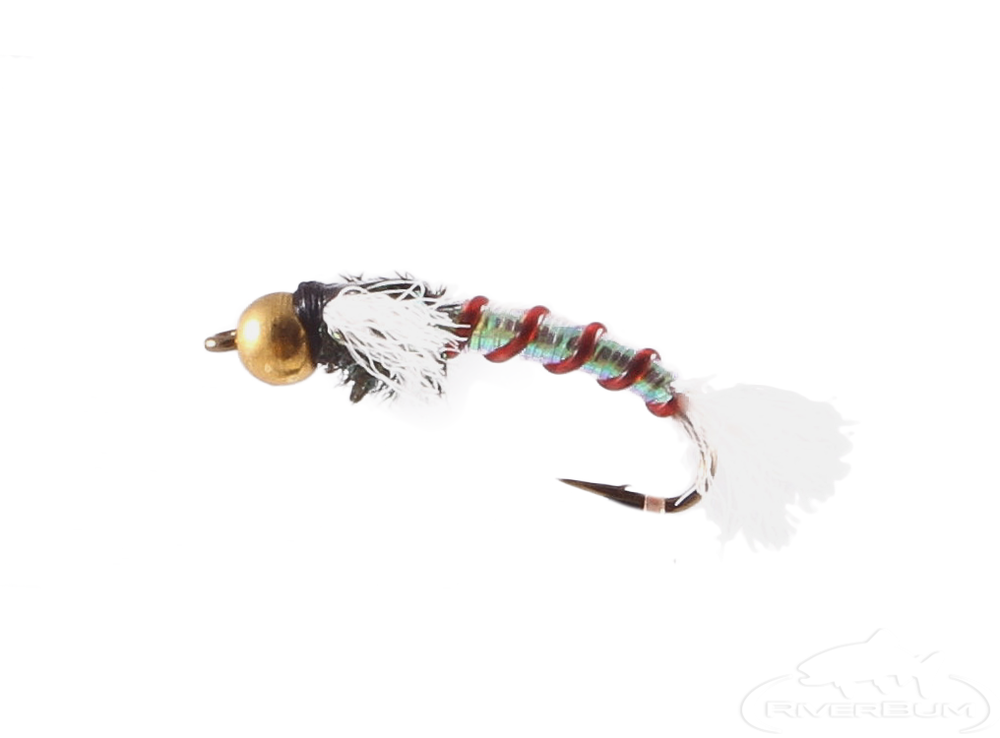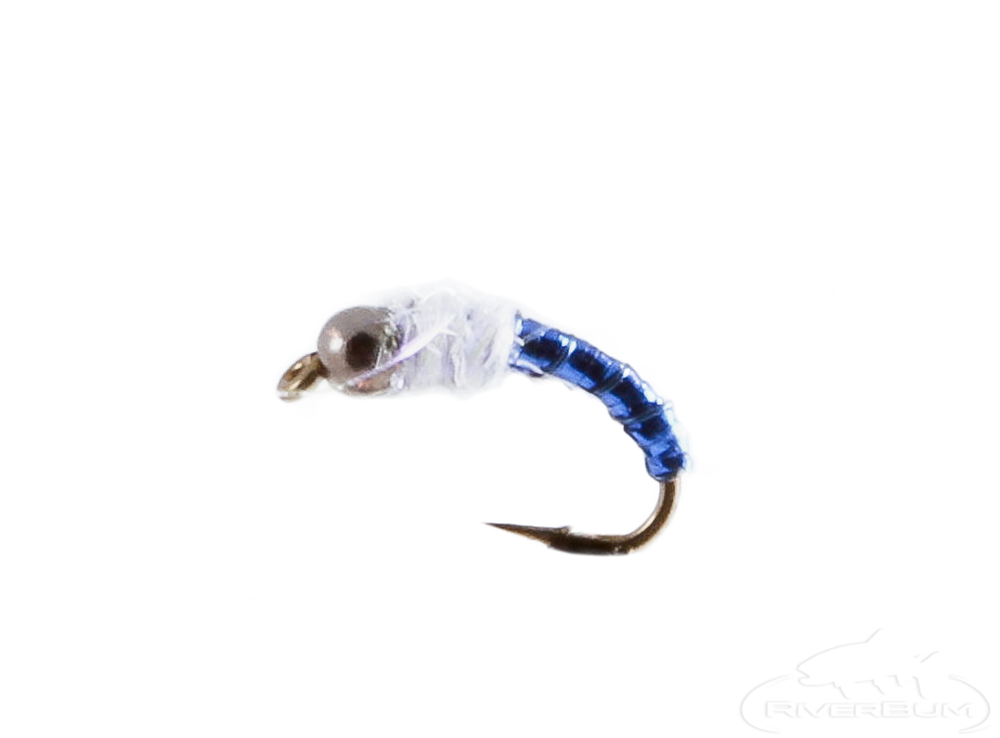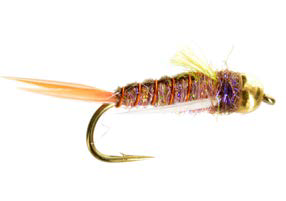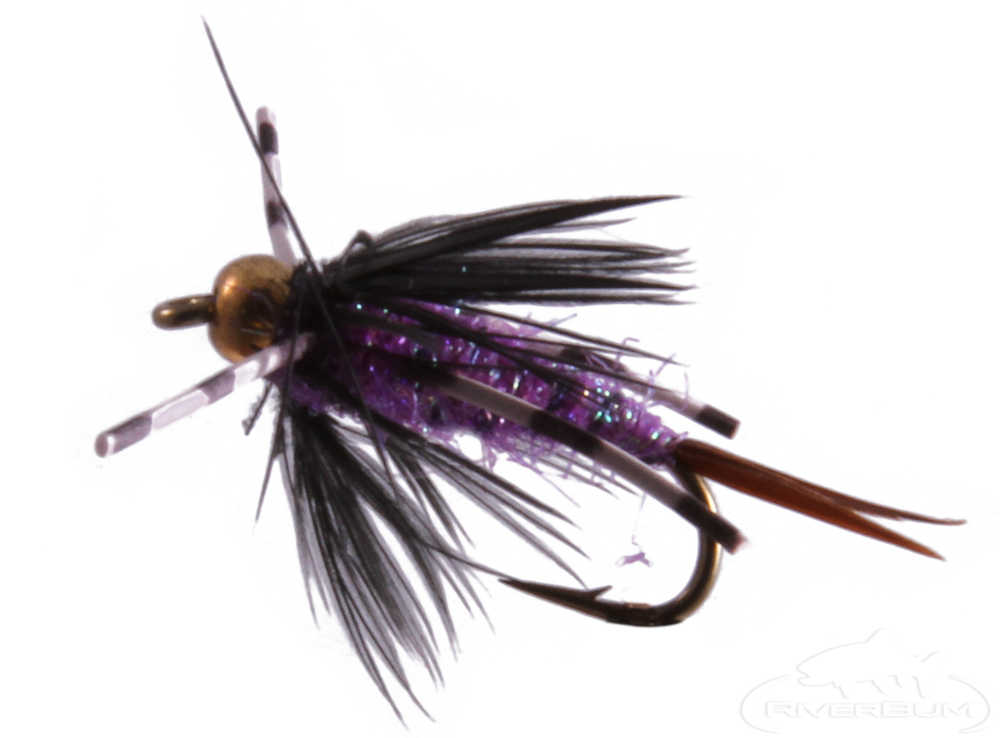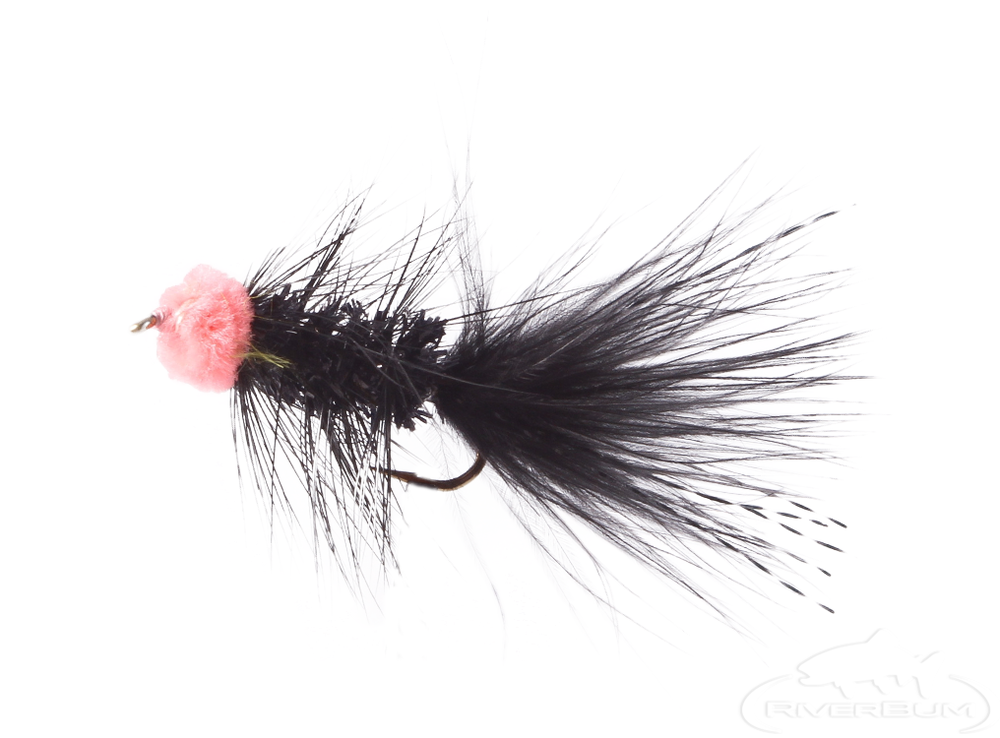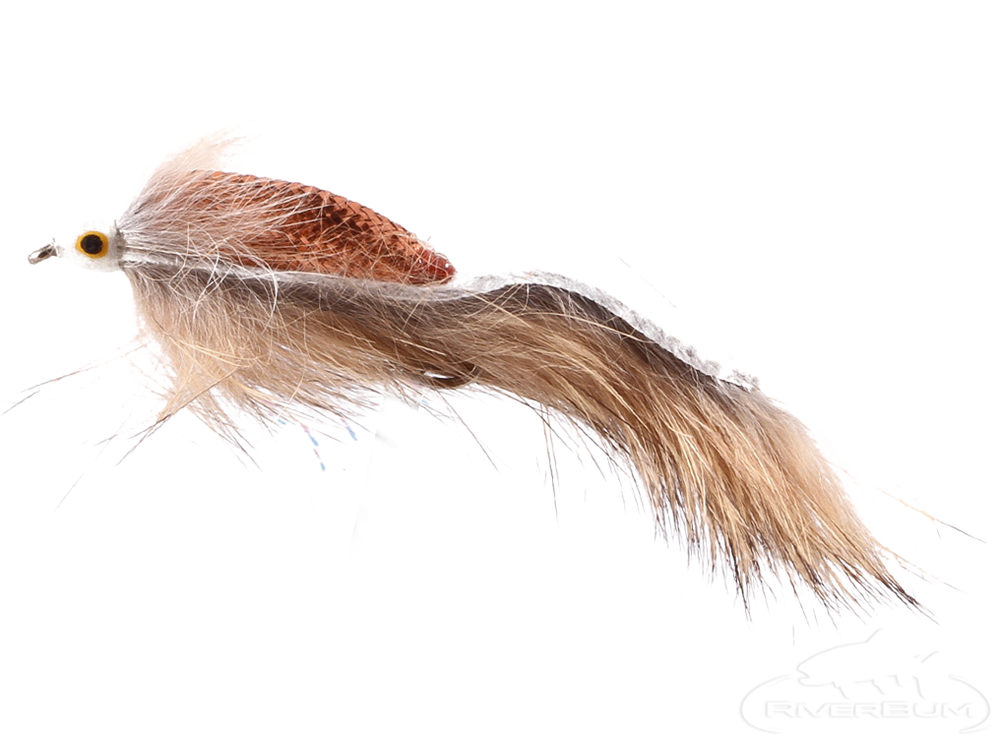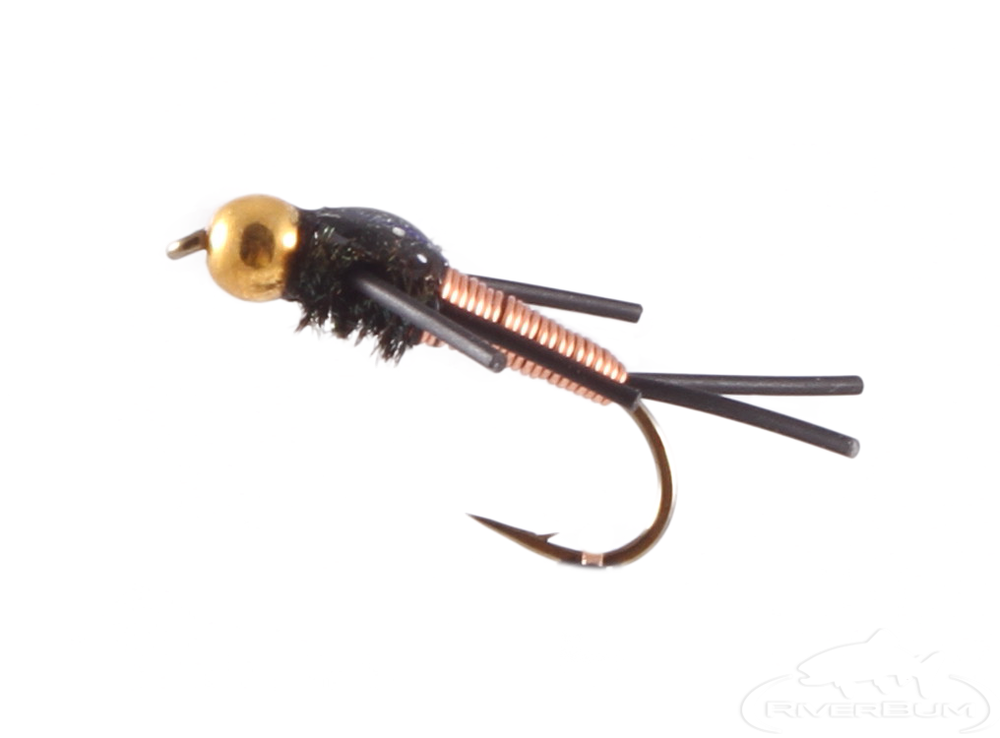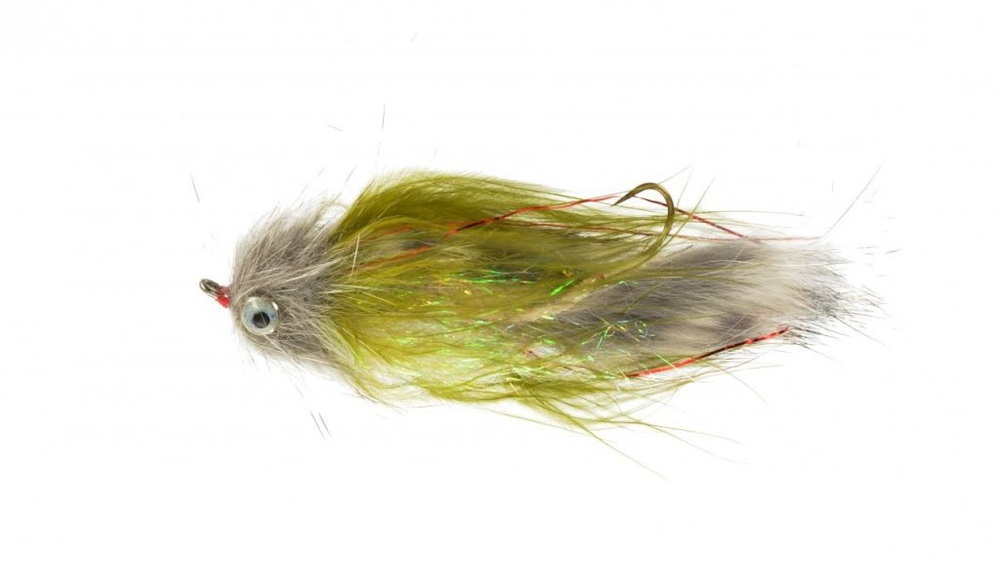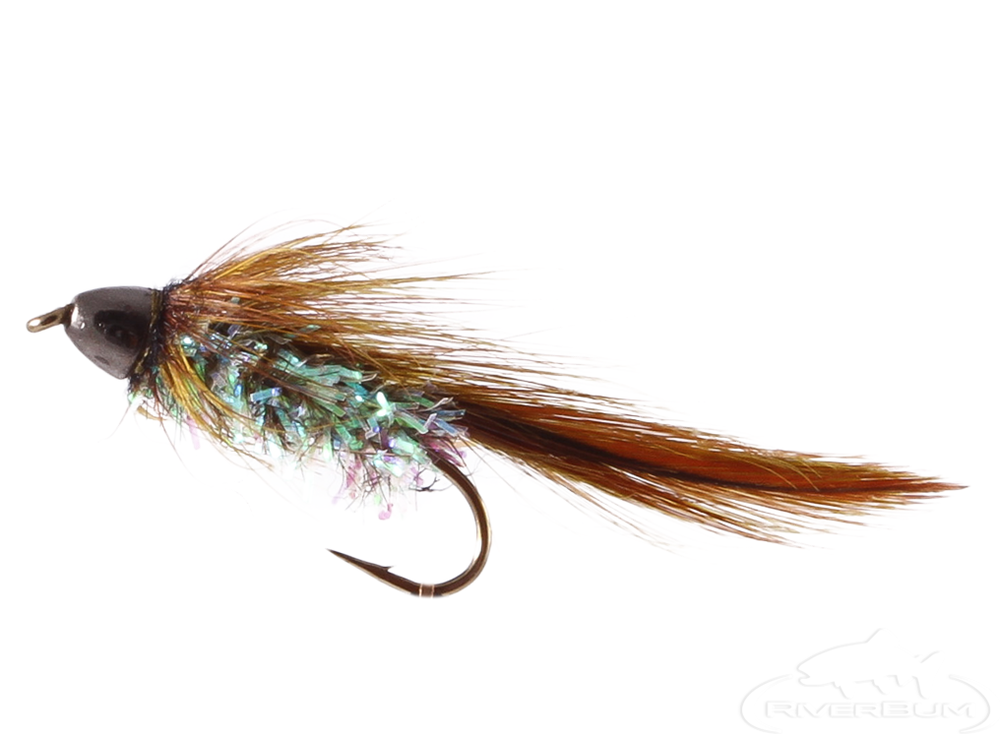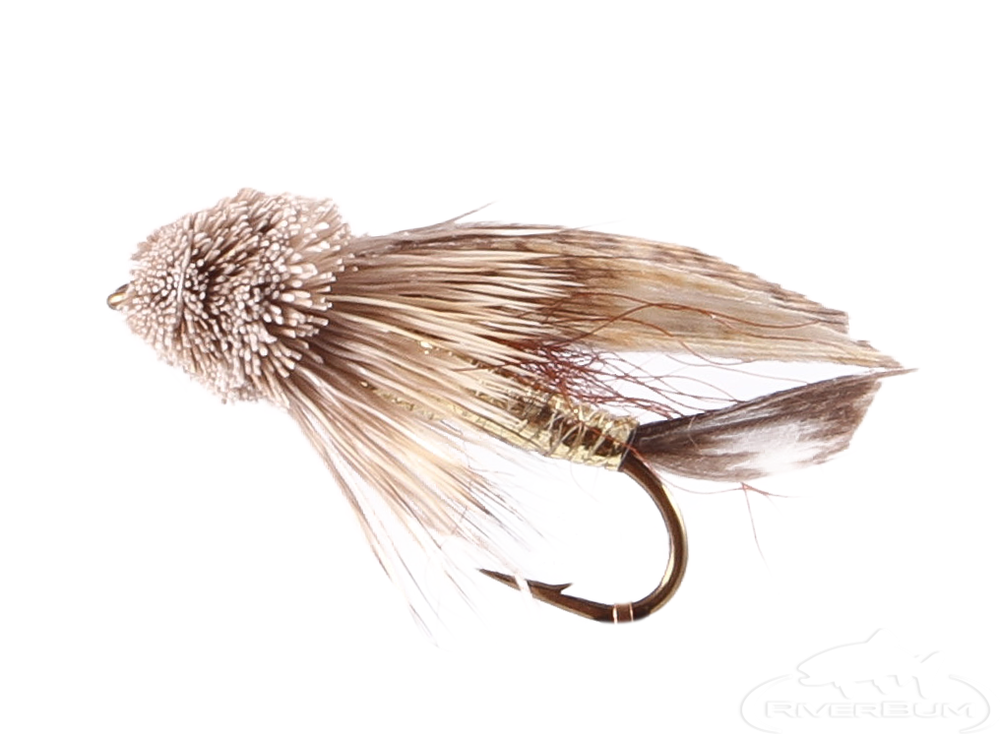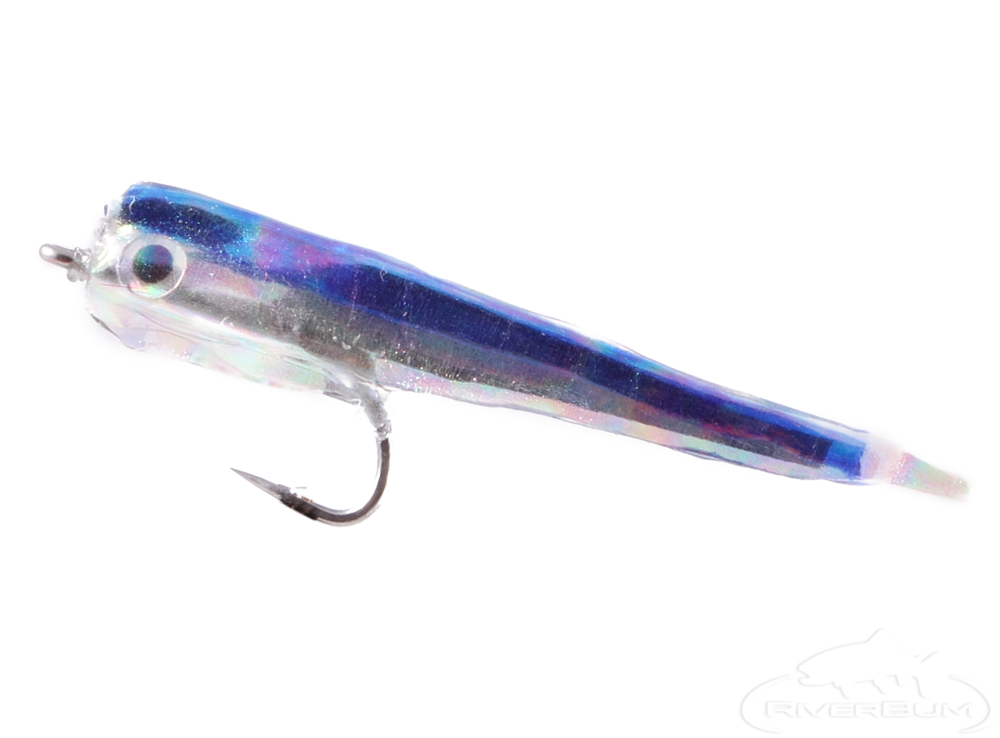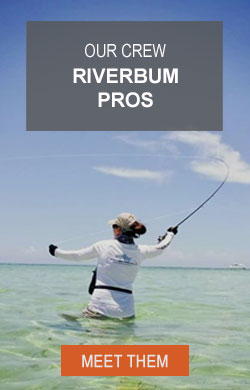Learn to Love the Wind
Stillwater Tactics
It’s March. As fly fisherman, we’ve got a scratch that simply needs itching. Conditions aren’t perfect, but we need to get out there. This time of year I often hit the Stillwater. Lakes and ponds can be very productive for trout, especially early in the year. Right now, the trout are pre-spawn and starting to get more aggressive.
You get your gear together, you’re day dreaming of the dry fly bites you got last summer, you target some water you know, and you hit the road. You get to the water, you hop into your float tube or pontoon, and you get after it. Then it happens. The wind. It kicks up and big time. Hmmm, March. You know the old saying, in like a lion and out like a lamb.
Start the mass exodus of fly fisherman. Don’t do it, the wind is your friend. First and foremost, you’re now starting to get the lake to yourself. During windy days, ponds in particular, may be harder to fish, but they become easier to read. Note the debris lines that begin to form. Does this look something like a foam line in a stream? There’s two I target. The debris lines that form from swift water that bend around into slower water and the debris lines the form parallel to the shore. Let’s talk about the debris line that form from swifter water to slower water first, as this tends to be the most productive.
The exact same principles apply to fishing a debris line as to fishing a foam line, except one critical element. Put the dry flies away. Three reasons: 1) You’re going to have a devil of a time casting them 2) There’s going to be a lack of hatch activity 3) it is estimated that between 80% and 95% of a trout’s diet is taken below the surface. However much I love a dry fly bite, and I sure do, the odds are stacked against you.
There’s two rigs you want. Floating line with a good 12’ to 15’ of leader rigged with a double nymph rig, and sink tip line rigged up with a tandem rig of a streamer and a nymph. You want to fish your double nymph rig just like you would fishing the foam line. You want you large or attractor nymph as you lead and you forage matching nymph as the trail. Don't be afraid of color here. The water is stirred up, sometimes the brighter the better.
For you streamer rig, the approach is a bit unconventional. The wind beats up the forage pretty good in these situations. Whether baitfish or aquatic insect, they will be a bit stunned. Easy pickins for hungry trout. Subtly is actually the key here. You’re going to want a little action on the streamer as possible. Stay in contact with it. While a streamer bite is a streamer bite, the nymph bit on the trailer might be a bit more subtle.
When fishing the debris line parallel to shore, for me, it’s strictly a streamer game. In fact, a double streamer set up is what I like here. Size difference I have found makes a difference. I might rig up something like a #4 Mr. Creepo with a #8 or #12 Muddler or Olive Blossom trailing. There’s two prevailing thoughts here. Sometimes trout are after the larger forage that has been stunned as the easy meal. Sometimes, as they are in the habit of doing, they are first attracted to the larger fly, then turn and take the smaller, more subtle offering.
Position yourself inside of the debris line, shore side. Cast on the opposite side of the debris line, lake side. The key here is to work close to parallel as possible to the debris line so during your retrieve, you have as much time as possible in the zone right behind the debris line. Trout will cruise on either side of the line, depending on the bottom structure. You want you fly in the zone for as long as possible within a few feet of either side of the line.
You can certainly use some of these tips fishing from shore, especially fishing the debris line that runs parallel to the shore. We will get into some tips for casting into the wind in another article. The point here is this, when the wind picks up, so doesn’t the feeding activity for trout, or any other fish for that matter. The chop on the water provides cover, forage, and helps you read the water better.
Until next time my fishy friends……..Tight Lines and Screaming Drags

